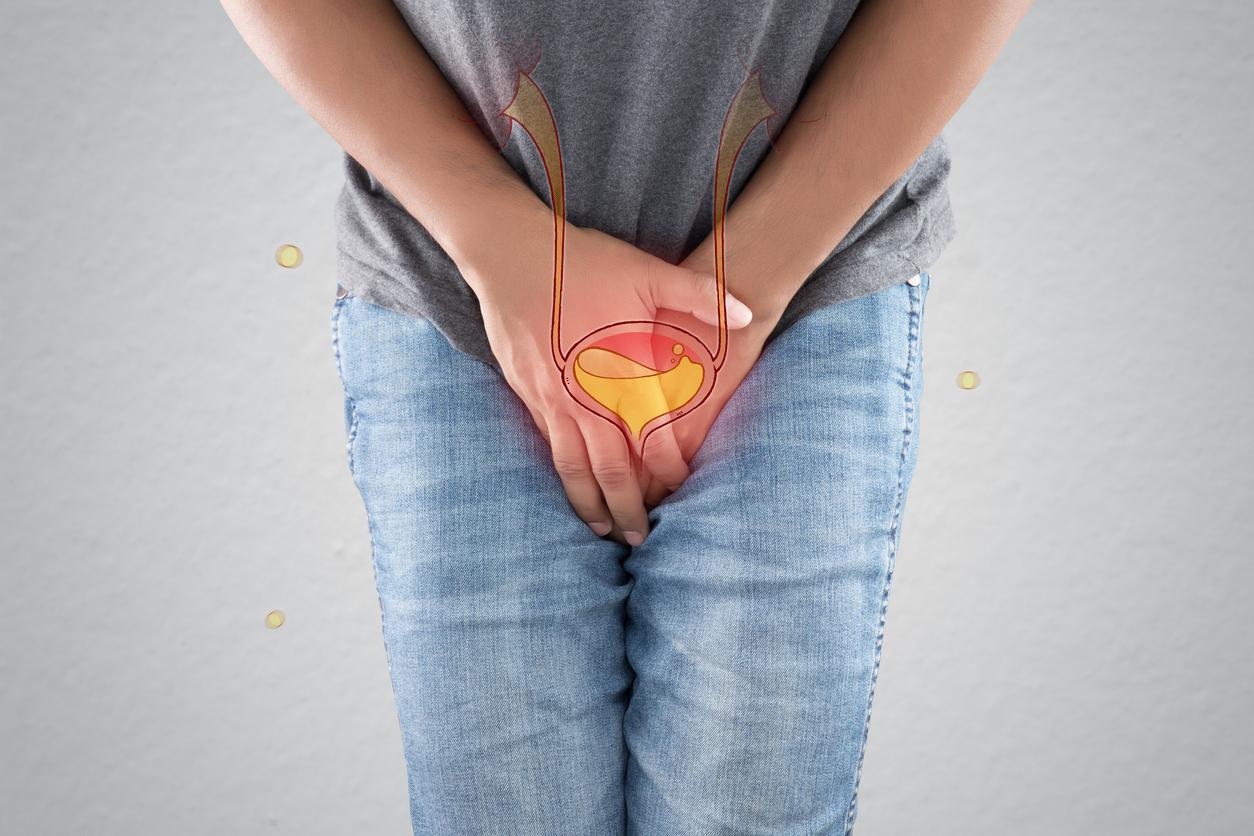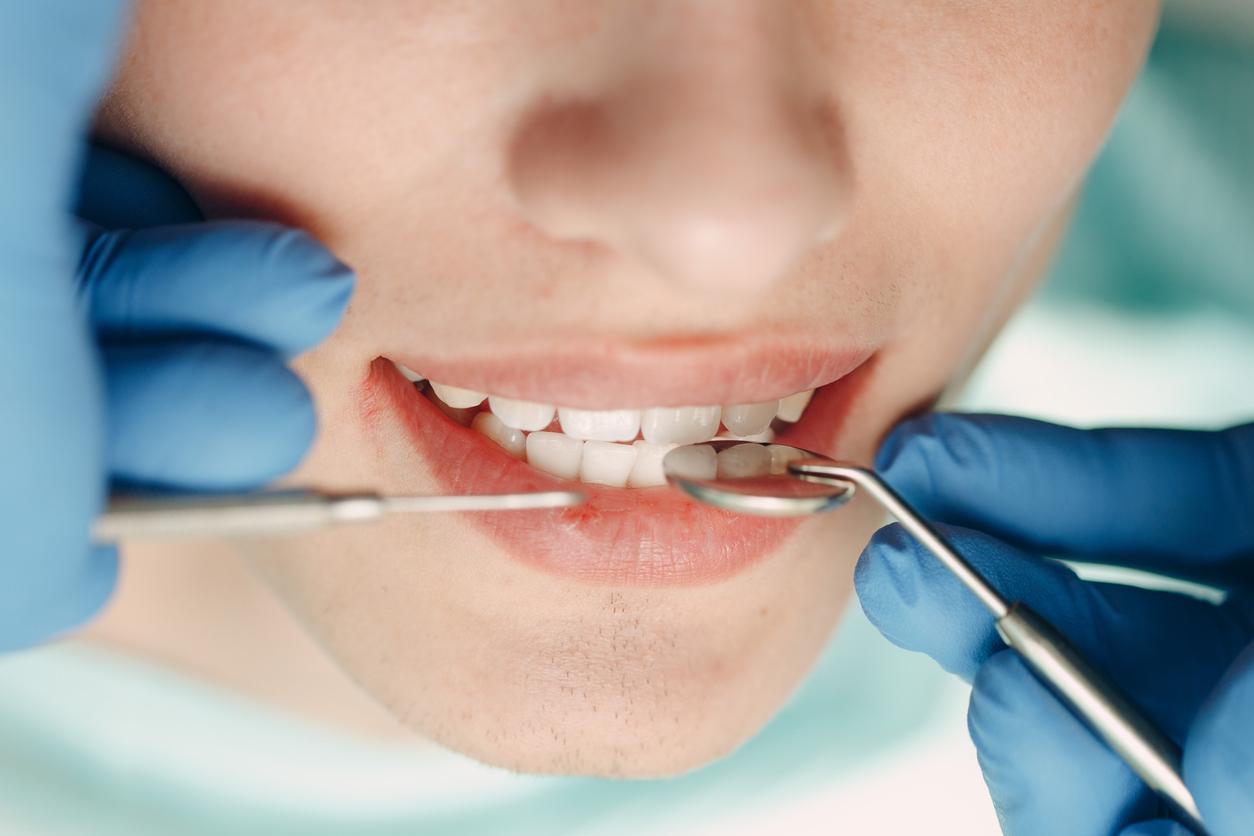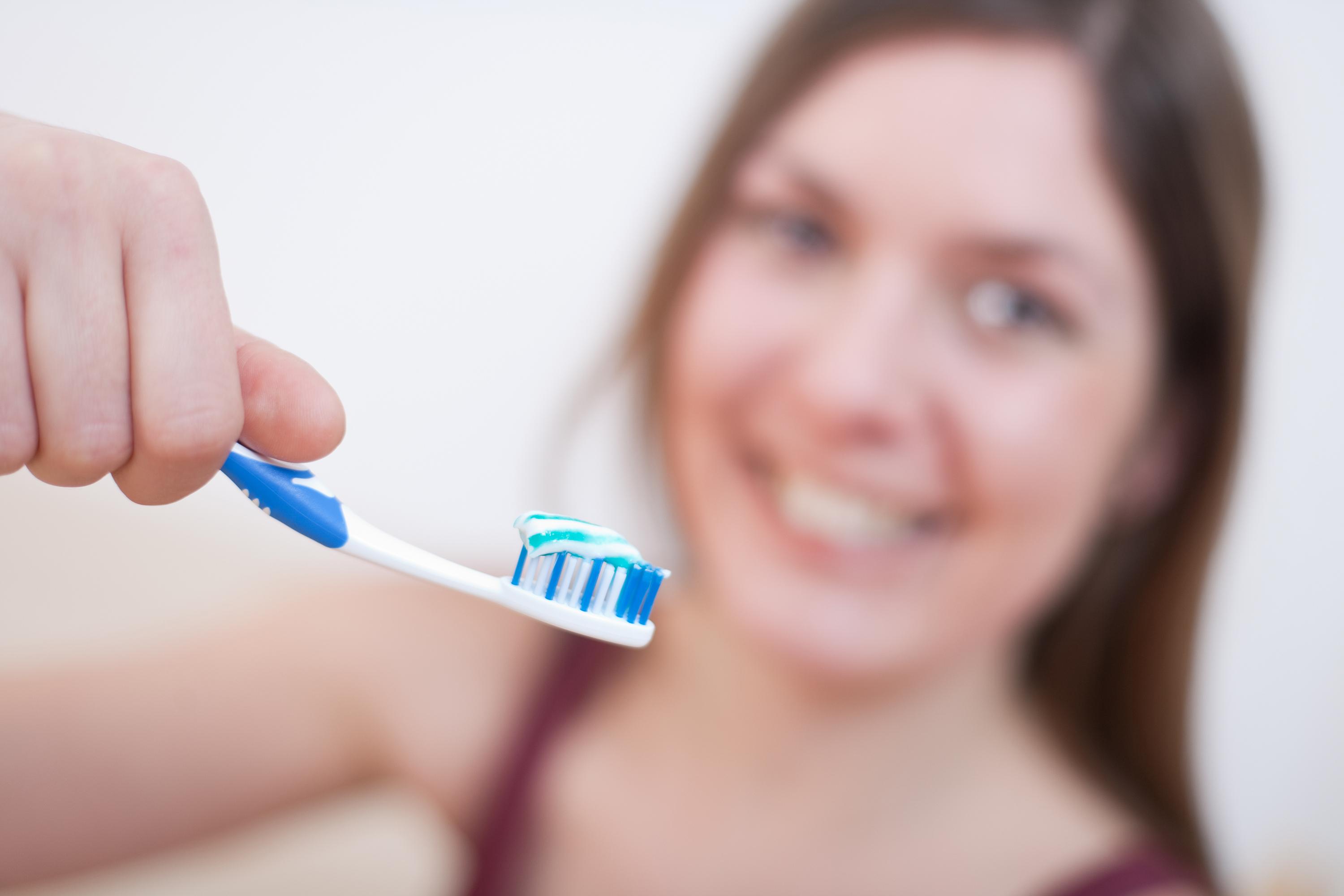For most of us, staying in a hotel room is either a necessity – if you are on a business trip – or something more exotic, eagerly awaited as synonymous with a holiday or a wider excursion. .
I’m a microbiologist, my outlook is a little different… What if I told you that there’s a good chance that your hotel room, despite its apparently impeccable condition (to the naked eye), might not be as clean as that ? It’s not a question of price. A room in a rated establishment will not necessarily be less dirty.
Indeed, the person who stayed in “your” room before you (and all those who preceded you) will have deposited bacteria, fungi and viruses on all the furniture, carpets, curtains and various surfaces. How much of those germs left all over the place depends on how efficiently your room is cleaned by hotel staff. And, more generally, let’s be honest, what a hotel considers clean may be different from what you consider clean.
In general, the evaluation of the cleanliness of a hotel room is based on visual and olfactory observations – and not on the microbiology of the places… However invisible it may be, it is from this that any possible risk of infection. I invite you to take a short tour of the world of germs, insects and other viruses to discover what could be hiding there.
It all starts with the elevator…
Before even entering your room, consider the hotel elevator buttons as microbial hotbeds… They are constantly pressed by a crowd of different people, who have not necessarily had the opportunity to wash their hands recently. They were thus able to deposit a fraction of the micro-organisms present at their fingertips; micro-organisms which will then reach the fingers of the person who has just touched it.
The same goes for door handles, which can be just as contaminated if they are not disinfected regularly. Before touching your face, eating or drinking, wash your hands or use disinfectant gel!
The most common infections caught in hotel rooms are stomach aches – diarrhea and vomiting. But one can also be contaminated by various respiratory viruses, and develop colds, pneumonia… as well as the newcomer that is the Covid.
Counterintuitively perhaps, toilets and bathrooms are a relatively safer space. They are in fact generally cleaned more carefully than the rest of the room and thus often prove to be the least bacteriologically colonized environments in hotels.
The only points to watch out for in the bathroom: the toothbrush, already. If it’s not disposable, wash it before using it (shower gel or shampoo are fine). You can never really be sure that it has been cleaned properly. And again doorknobs, which can also be colonized by pathogens from unwashed hands or dirty washcloths…
Where is the danger lurking?
All bedding can of course also accommodate unwanted visitors. A 2020 study showed that after a presymptomatic patient with Covid-19 occupied a room, many surfaces were heavily contaminated with the virus. The sheets, pillowcase and comforter cover were particularly affected.
While sheets and pillowcases are normally changed between two occupants, this is not the case for bedspreads: which means that these fabrics can become invisible reservoirs of pathogens – as much if not more than a toilet seat. However, sometimes sheets are not changed between hosts, and there… so it may be best to bring your own.
But a hotel room is not just a bed. We think less about what is on the desk, the bedside table, the telephone, the kettle, the coffee machine, the switch or the television remote control… However, all these surfaces are not always disinfected between customers .
Viruses (norovirus responsible for diarrhoea, Covid SARS-CoV-2, etc.) can persist in infectious form for days on hard surfaces. And the typical time interval between room changes is often less than 12 hours.
The upholstery fabrics of cushions, chairs, curtains or blinds are, finally, difficult to clean and can only be disinfected when the hotel industry needs to remove visible stains.
Unsolicited guests
If all those germs and dirty surfaces aren’t enough, you also have to think about bed bugs (Cimex lectularius). These blood-sucking insects have a silvery-brown appearance and are usually one to seven millimeters long. They are adept at hiding in small, tight spaces and are able to go dormant without feeding for months.
The small spaces in question include cracks and crevices in luggage, mattresses and bedding. Bed bugs are prevalent in Europe, Africa, the United States and Asia – and are often present in hotels. And unfortunately just because a bedroom looks clean and smells good doesn’t mean there aren’t bedbugs in its innards…
Fortunately, bedbug bites do not seem likely to transmit diseases to our species… However, the bite areas can become inflamed and infected.
To detect the presence of bed bugs, reddish bites discovered in the morning and blood stains on the sheets are signs of an active infestation (use an antiseptic cream on the bites). Other signs can be found on the mattress, behind the headboard and inside the drawers and wardrobe: brown stains can be excrement remains.
Inform the hotel if you suspect there are bed bugs in your room. And to avoid taking them with you when you leave, carefully clean your luggage and clothes before opening them at home.
Since rooms in high-end hotels are generally used more frequently, a more expensive room in a five-star hotel does not necessarily mean more cleanliness, as room cleaning costs reduce profit margins. Wherever you stay, carry a packet of antiseptic wipes and use them on the hard surfaces in your bedroom.
Basic hygiene instructions remain in place even on vacation! Wash or sanitize your hands often, especially before eating or drinking. Finally, pack slippers or thick socks to avoid walking barefoot on hotel carpets, known to be another dirt hotspot…
With these few precautions in mind, enjoy your stay all the same!
This article was written by researcher Primrose Freestone and published on the website The Conversation.



















